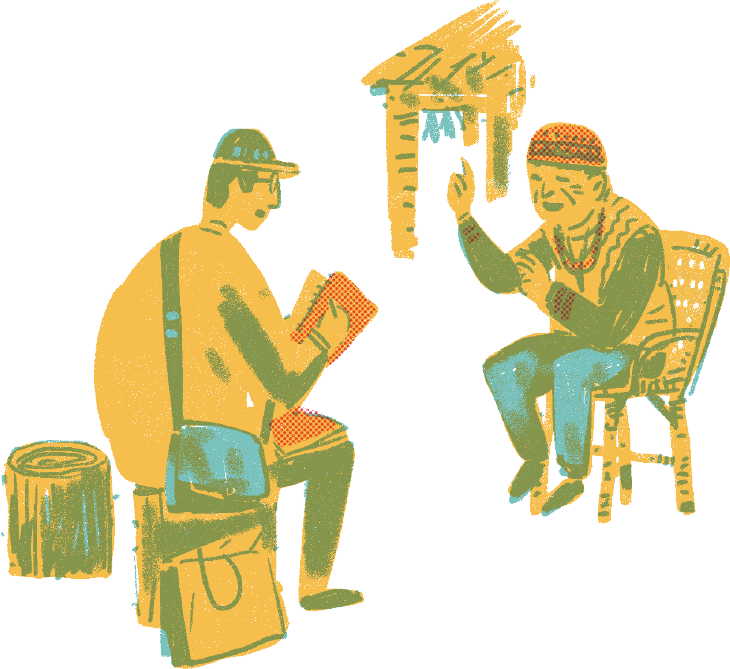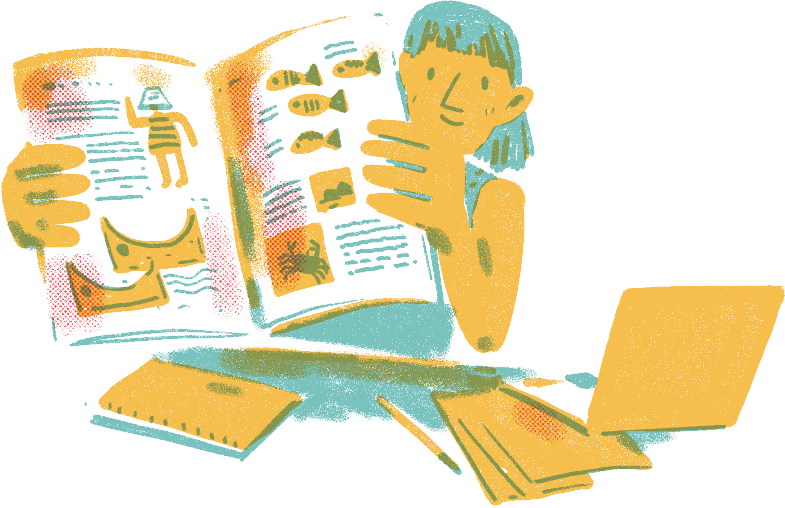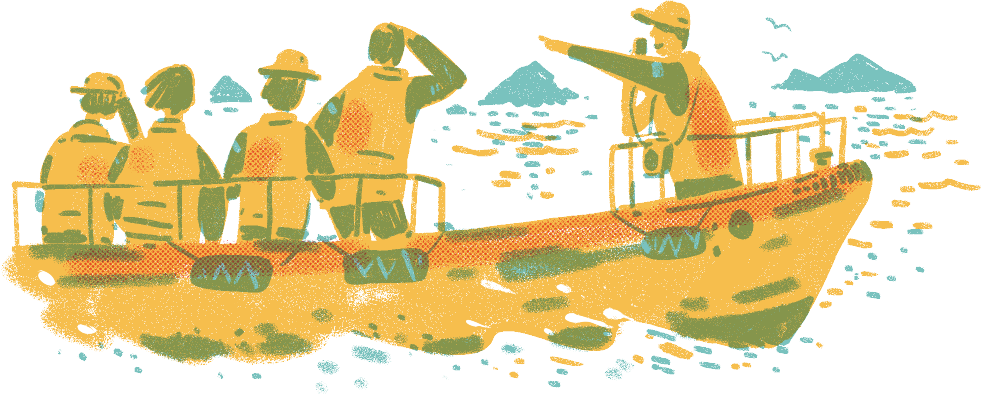“Easier said than done” is basically cultural revitalization work in a nutshell. When indigenous youths return to their communities, they have to not only adapt to community life, learn their peoples’ cultural knowledge, and figure out how to interact with the local elders, but also come up with cultural preservation and transmission strategies and possibilities in the modern society.
Returning to the Community for Their Theses
Nothing Comes Without Effort!

Indigenous youths return to their communities due to many reasons, and “to find a topic for my degree thesis” is among one of them. As more and more people receive higher education in Taiwan, almost everyone has a university degree nowadays; and if they chose to further their studies, eventually they will have to write a thesis. They only have little understanding of their people’s culture, and thus many of them chose to return to their communities to complete their thesis.
The biggest challenge these young students face after coming home is how to assimilate into the local community. Most community members are not that quick to accept outsiders because when the indigenous peoples first had contact with the Non-indigenous people, they were often tricked and lost their land. Yet, on the other hand, the local elders are happy to see the younger generation returning to learn about their native cultural knowledge, so it falls to the youngsters to figure out how to earn the trust of their elders.
Discovering Ways to Let More People Know About Us

The cultural knowledge of indigenous peoples is limitless and complex, and the natural environment of the villages is especially enticing. All of this creates a field of study that is extremely irresistible!
The indigenous youngsters also realize the challenges of learning and carrying on their culture; however, they have more ways to overcome the obstacles and share their traditional cultures with the world. After they have obtained a certain degree of cultural knowledge, the young people usually set up workshops or legal persons and invite community elders to jointly organize events and camps to increase public interactions and exposure. The activities provide wonderful opportunities to promote the value of indigenous culture and village youths can also learn cultural skills during the process.
Spoken Words will Eventually Disappear, but Text will Carry On Forever

Publications and magazines can transmit information and bring people together. The magazine Kao-Shan-Ching, published in 1983, was the first publication released by indigenous peoples. Other publications later followed: Singing for the Mountains, Indigenous News, Hunters' Culture, and The Sounds of the Indigenous Peoples. Most of these publications cover indigenous social issues and offer a platform for indigenous community members to voice their opinions. But...do all magazines have to be so serious? Take a look at the magazine 952 VAZAY TAMO and you will see a whole different story!
Founded by six young people who met in Orchid Island, 952 VAZAY TAMO introduces the indigenous island culture of Orchid Island to the public in an easy-going, down-to-earth manner. Although the publishing circle often jokes, “if you want to make a person’s life miserable, tell them to go start a magazine.” But look at the impact generated by the magazines mentioned above - the power of words should not be underestimated.
We Control the Outcome of Bringing Tourism into Our Community

Tourism used to bring negative impacts to indigenous communities. Yet nowadays, as tourism trends gradually shift to ecotourism and experience-oriented itineraries, communities are discovering new opportunities and beginning to see the effects of “using tourism to stimulate local culture and industries”.
For example, the Pakara’ac Community in Taitung rolled out a new exploration tour that brings tourists to the intertidal zone, and the ‘Atolan Community launched a coastal tour that invites guests to learn the indigenous way of living in harmony with the sea. At the same time, in-depth/immersive itineraries are appearing. Local community members serve as guides and introduce the local way of living to visitors. In Orchid Island, for instance, tourists visit underground houses where they can listen to community members talk about their lives. Another itinerary brings travelers into the sea to learn about the ecosystem and ocean environment of Orchid Island.
The tourism industry is a double-sided blade, yet it is also an inevitable trend. Indigenous communities have to change their mindsets and develop opportunities to benefit from the tourism industry.




